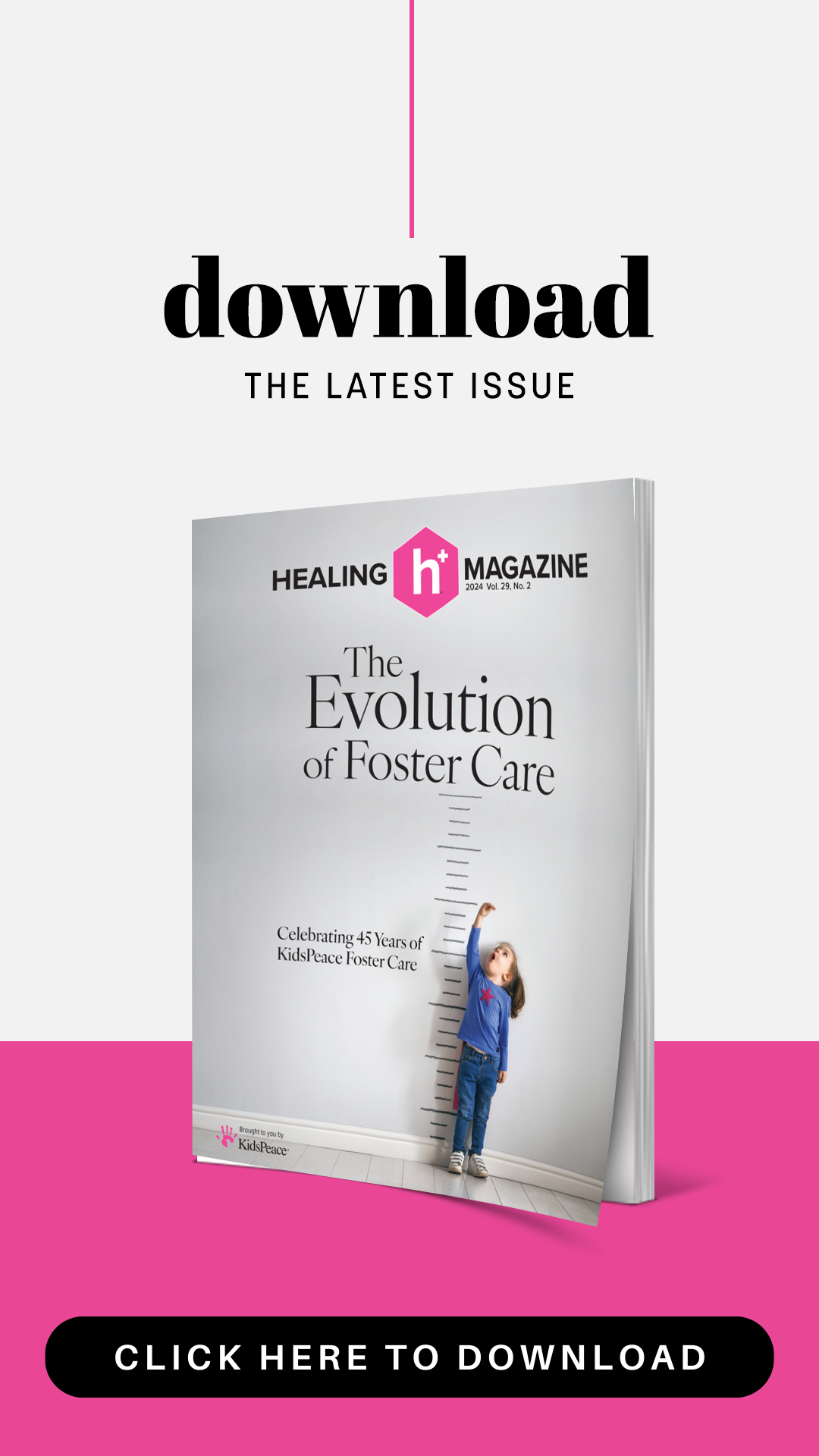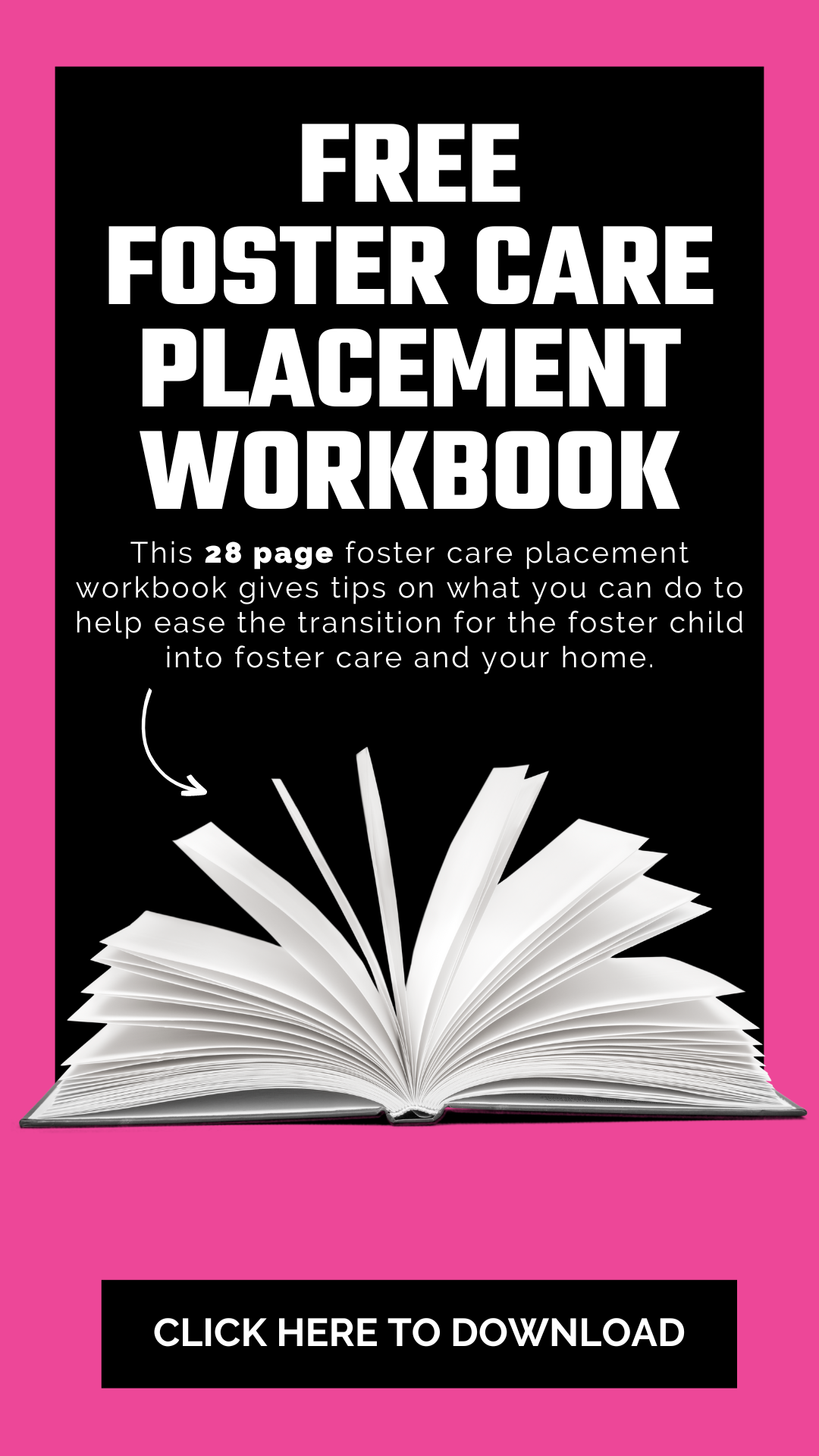
Many foster families become very excited when they get word that the county Children and Youth agency is pursuing a “goal change” … but hold onto your hats, because the ride is just beginning! This is one of the most pivotal points in a foster child’s case and it can be quite an emotional rollercoaster for everyone involved.
The “goal change” is when the county Children and Youth agency makes a formal request of the court to stop working toward reunifying the child with their biological parents, and seeks permission to start the procedures necessary for the child to become adopted by someone else. Typically, a goal change is considered once the child has been in care for around 15 months, but this may vary depending on the circumstances of the case.
In order to be granted the request for a goal change to adoption, the Children and Youth agency must be able to prove to the court that it is very unlikely that the child’s parents are capable of correcting the circumstances that led to the child coming into care and that they would not be able to care adequately for the child within the foreseeable future. In some cases, the parents’ progress has been minimal and this is an easy decision for the court; however, in most cases, things are not so clear.
Typically, once a child has been in care for a year, the Children and Youth agency will begin to take a look at the case more closely with their legal team and will determine which path the case seems to be on. If the direction is uncertain, they may recommend making some changes to certain aspects in order to assist them in gaining greater insight into the parents’ capabilities. This can include increasing parental responsibilities, such as extending visits or making the visits unsupervised. It can also include increasing services for the parents and child, such as adding parenting coaching or increased family therapy. This can seem confusing to the foster family, who may see this as the parents being rewarded for making minimal progress. They may even have concerns about the safety of the child during a change in visits. It is important to remember that this is all for the good of the child and that all steps are taken to make sure that the child’s safety is maintained during this process.
A goal change can be a very emotional time for everyone. The child’s parents may feel afraid that they may lose their child. They also may feel helpless and angry at the people that they view as responsible. This anger can sometime be misdirected at the foster family or service providers working with the child. The child’s foster family may feel excited about the possibility of adopting the child, but they also may become fearful that this may not occur. They also often feel sadness and empathy toward the child’s parents.
It is important that the foster family remain neutral during this time and continue to be supportive of the parents’ effort to reunify with the child. The child will pick up on the stress levels of the adults around them and this will raise their own stress level in return. In addition, the foster child themselves may feel a wide range of emotions regarding the situation; they may be sad about not being able to return home, at the same time they feel excited about being adopted. They often worry about their parents and want to make sure that they will “be OK” if they are no longer with them.
The foster family needs to be as supportive as possible to a child during this time:
- Encourage them to talk about their emotions and reassure them that their feelings are normal.
- It may be helpful for the child to receive a service called “child prep” which can help them understand what is going on and help them work through their feelings related to this.
- Don’t be afraid to talk to your caseworker about any difficulties that the child may be experiencing. They can help you determine the best way to support the child and offer services that may help the child.
Once you get through this point in the case, the high emotions involved generally begin to level out. It is important to remind yourself of this and also remember to practice self-care as you navigate through these turbulent waters. Remember to reach out to supports for help when needed and be gentle on yourself.
By Cori Ruszkowski


